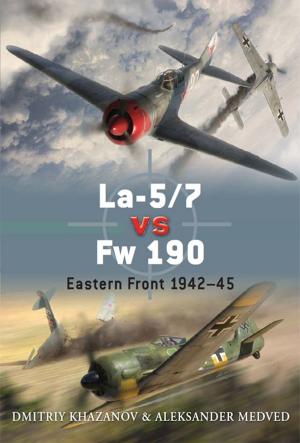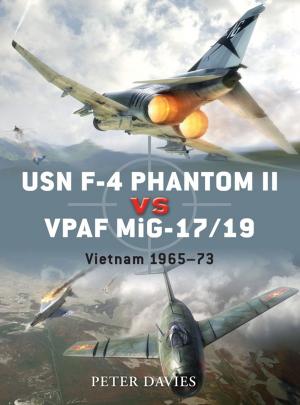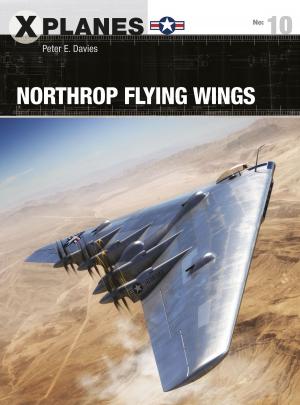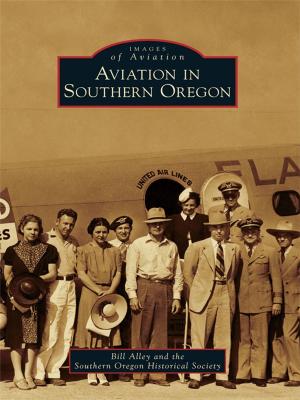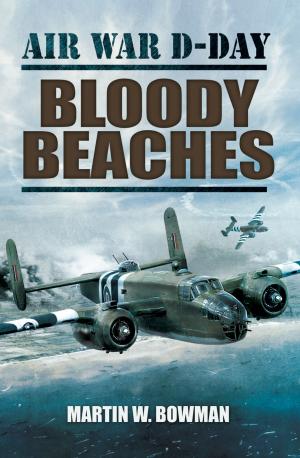Going Downtown
The War Against Hanoi and Washington
Nonfiction, History, Military, Vietnam War, Asian, Aviation| Author: | Jack Broughton | ISBN: | 9781890988821 |
| Publisher: | Pacifica Military History | Publication: | July 21, 2015 |
| Imprint: | Language: | English |
| Author: | Jack Broughton |
| ISBN: | 9781890988821 |
| Publisher: | Pacifica Military History |
| Publication: | July 21, 2015 |
| Imprint: | |
| Language: | English |
GOING DOWNTOWN: The War Against Hanoi and Washington by Jack Broughton. A combat aviation classic. “Going Downtown” was the term American combat pilots used to denote the almost daily and invariably dangerous combat missions against the North Vietnamese capital, Hanoi, and its environs. To Colonel Jack Broughton, a veteran of the Korean War, former leader of the U.S. Air Force’s Thunderbirds precision flying team, and vice commander of the 355th Tactical Fighter Wing, “Going Downtown” became extremely challenging owing to the deeply flawed set of restrictions placed upon the American pilots flying against North Vietnam from bases in Thailand, restrictions that helped render targets in North Vietnam more dangerous than any experienced by American combat airmen even during World War II. Going Downtown, the book, is Jack Broughton’s story of the missions he led against Hanoi, of encounters with MiG fighters, of split-second maneuvering to dodge SAM antiaircraft missiles, of struggling to avoid radar-guided antiaircraft guns, and of trying to cope with the worst flying weather in the world. It is also a bitter and disturbing story of altruistic airmen being sacrificed in a war controlled minutely by politicians and administrative drudges sitting ten thousand miles away from Hanoi’s dangerous house of horrors. Politically motivated restrictions prevented Broughton and his pilots from shooting at enemy planes until they had left the ground. Attacking enemy guns or missile sites was made difficult by a maze of imaginary demarcation lines and forbidden zones drawn in Washington. Specific missions were planned in ironclad detail by non-flying bureaucrats defining the same attack routes day after day, thus leading to unnecessary losses, day after day. Washington’s minions became enemies as formidable—and as deadly—as Hanoi’s antiair defenses. Broughton warns us sharply against blinding ourselves to the capabilities of our enemies, a syndrome that cost us dearly in Vietnam and might become as deadly and self-defeating in future conflicts. Jack Broughton’s involvement in the war came to an end over the Turkestan incident, in which two of his pilots, in the heat of battle, allegedly fired on a Soviet ship docked in Cam Pha harbor. The ritual court-martial that followed, detailed here with savage irony, convinced Broughton that his men were being asked to do the impossible, not out of military necessity but for the sake of political gamesmanship. With that , a true American hero ended his career on a sour note. Going Downtown is a thrilling, edge-of-seat account of jet-age air combat and a fierce indictment of our Vietnam-era leadership.
GOING DOWNTOWN: The War Against Hanoi and Washington by Jack Broughton. A combat aviation classic. “Going Downtown” was the term American combat pilots used to denote the almost daily and invariably dangerous combat missions against the North Vietnamese capital, Hanoi, and its environs. To Colonel Jack Broughton, a veteran of the Korean War, former leader of the U.S. Air Force’s Thunderbirds precision flying team, and vice commander of the 355th Tactical Fighter Wing, “Going Downtown” became extremely challenging owing to the deeply flawed set of restrictions placed upon the American pilots flying against North Vietnam from bases in Thailand, restrictions that helped render targets in North Vietnam more dangerous than any experienced by American combat airmen even during World War II. Going Downtown, the book, is Jack Broughton’s story of the missions he led against Hanoi, of encounters with MiG fighters, of split-second maneuvering to dodge SAM antiaircraft missiles, of struggling to avoid radar-guided antiaircraft guns, and of trying to cope with the worst flying weather in the world. It is also a bitter and disturbing story of altruistic airmen being sacrificed in a war controlled minutely by politicians and administrative drudges sitting ten thousand miles away from Hanoi’s dangerous house of horrors. Politically motivated restrictions prevented Broughton and his pilots from shooting at enemy planes until they had left the ground. Attacking enemy guns or missile sites was made difficult by a maze of imaginary demarcation lines and forbidden zones drawn in Washington. Specific missions were planned in ironclad detail by non-flying bureaucrats defining the same attack routes day after day, thus leading to unnecessary losses, day after day. Washington’s minions became enemies as formidable—and as deadly—as Hanoi’s antiair defenses. Broughton warns us sharply against blinding ourselves to the capabilities of our enemies, a syndrome that cost us dearly in Vietnam and might become as deadly and self-defeating in future conflicts. Jack Broughton’s involvement in the war came to an end over the Turkestan incident, in which two of his pilots, in the heat of battle, allegedly fired on a Soviet ship docked in Cam Pha harbor. The ritual court-martial that followed, detailed here with savage irony, convinced Broughton that his men were being asked to do the impossible, not out of military necessity but for the sake of political gamesmanship. With that , a true American hero ended his career on a sour note. Going Downtown is a thrilling, edge-of-seat account of jet-age air combat and a fierce indictment of our Vietnam-era leadership.


